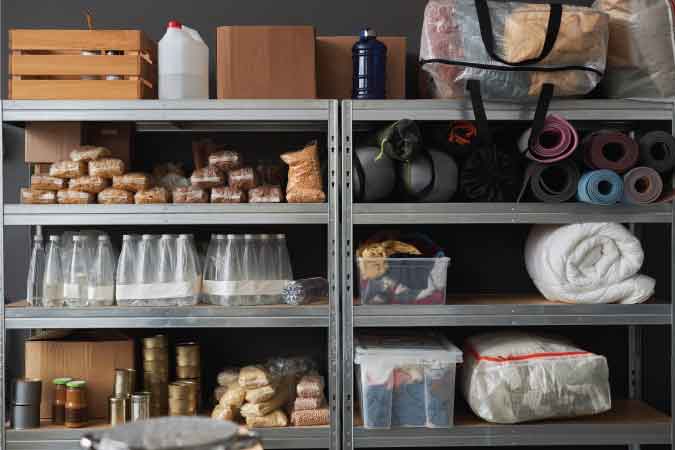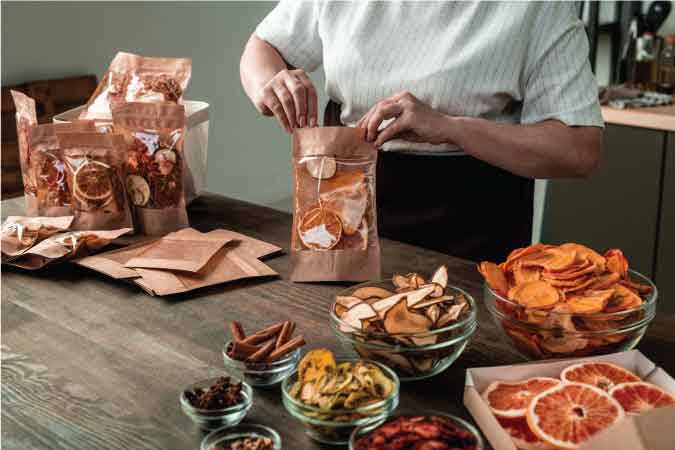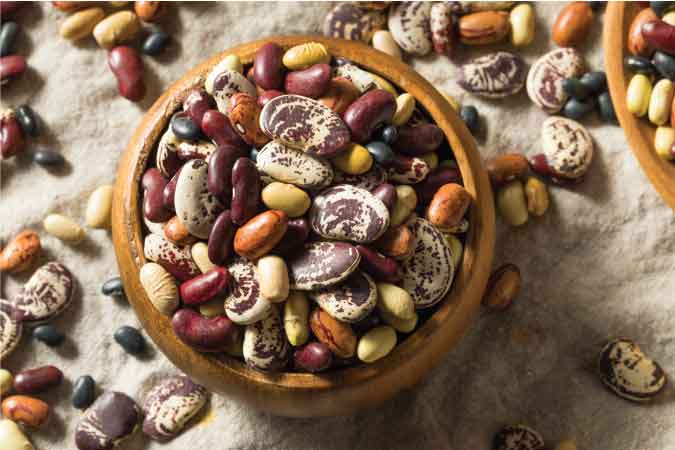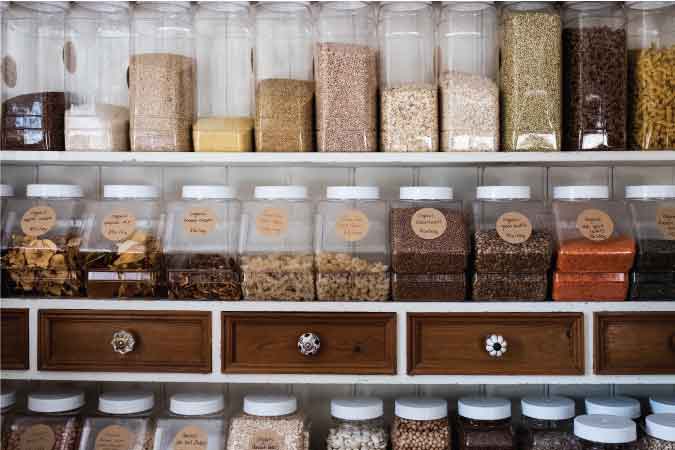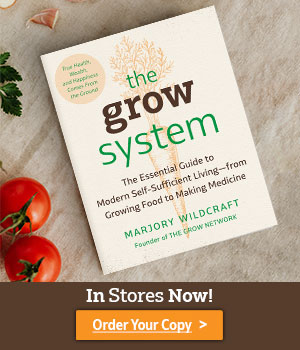In an unpredictable world, the value of a reliable emergency backup food supply cannot be overstated. Whether you’re preparing for natural disasters, economic instability, or unexpected personal emergencies, having a well-stocked backup food supply provides peace of mind and security. This guide will teach you how to build and maintain a food reserve that can sustain you and your loved ones in times of need.
The Importance of Having an Emergency Backup Food Supply
Life is full of uncertainties, and emergencies can strike at any time. From hurricanes and earthquakes to job loss or economic downturns, having an emergency food supply ensures your family has the nourishment needed to stay healthy and strong. Without preparation, even a brief disruption to food supplies can create stress, panic, and hardship.
Beyond physical sustenance, a well-stocked food supply provides emotional security. Knowing you are prepared helps reduce anxiety during challenging times, allowing you to focus on other critical needs. It also gives you the ability to assist friends, neighbors, or loved ones who may find themselves unprepared during a crisis, fostering community resilience.
An emergency food supply is not just about surviving—it’s about thriving under difficult circumstances. By taking proactive steps to preserve and store food, you can ensure stability and independence for your household. This guide will walk you through every step of the process, helping you build a supply that meets your needs and lasts for years to come.
Benefits of Home-Prepared Food for Your Backup Food Supply
Home-prepared backup food supply offers several benefits, making it an essential and practical practice for any household. First, it is cost-effective, as buying ingredients in bulk and preserving them yourself significantly reduces expenses compared to purchasing prepackaged emergency supplies. Second, it gives you complete control over ingredients, ensuring healthier meals without unnecessary additives or preservatives. Third, properly stored home-prepared foods have a long shelf life, providing peace of mind that your efforts will last for years.
Additionally, creating your own food supply fosters a sense of self-reliance and satisfaction, knowing you’ve taken proactive steps to protect your family. Finally, the variety and quality of home-preserved foods can make emergency situations more manageable and less monotonous. Don’t forget to be creative!
Overview of Methods
We recommend focusing on three practical, easy, and inexpensive methods for preserving food: dry canning, traditional canning, and dehydrating. Dry canning involves sealing bulk dry goods like grains and beans in airtight containers to protect them from moisture and pests. Traditional canning uses heat to sterilize and vacuum-seal foods, making it ideal for fruits, vegetables, and meats. Dehydrating removes moisture to extend shelf life, preserving the nutritional value of foods like fruits, vegetables, and herbs. Each method offers unique advantages and can be tailored to suit your specific needs and resources.
Planning Your Emergency Backup Food Supply
Before starting your emergency food supply, assessing your household’s specific needs is crucial. Begin by considering the number of people in your household, including children and animals, as each individual will have different caloric and nutritional requirements. Determine how long you want your food supply to last, such as one month, six months, or even a year. Understanding the duration will help you calculate the quantity of food needed.
Next, calculate each household member’s daily calorie requirements based on age, gender, and activity level. This ensures that your emergency supply provides adequate nutrition during stressful times. Additionally, take into account any dietary restrictions, such as allergies, intolerances, or special diets, to ensure that everyone’s needs are met without compromising health or safety.
Choosing the Right Foods
When selecting foods for your emergency backup food supply, prioritize items with a long shelf life, high nutritional value, and ease of preparation. Start with staples like rice, pasta, beans, oats, and flour, as these are versatile and form the foundation of many meals. Include protein sources such as canned meats, fish, nuts, seeds, and legumes to maintain energy levels and muscle strength.
Don’t forget to include fruits and vegetables, either freeze-dried or canned, to ensure a well-rounded diet rich in vitamins and minerals. Stock up on seasonings and extras like salt, sugar, spices, and condiments to enhance flavor and make meals more enjoyable. Lastly, consider adding comfort foods such as chocolate, coffee, or tea to boost morale and provide a sense of normalcy during challenging times.
Creating a Storage Plan for Your Backup Food Supply
An effective storage plan is essential for maintaining the quality and longevity of your emergency food supply. Start by identifying a cool, dark, and dry location in your home, such as a pantry, basement, or closet. Use sturdy shelves or storage containers to keep items organized and off the floor, protecting them from potential damage or pests.
Label all food items with their purchase or preparation dates to make rotation easier and ensure you use the oldest items first. Consider keeping an inventory list to track what you have on hand and identify any gaps in your supply. A well-organized storage plan not only extends the shelf life of your food but also makes it easier to access during an emergency.
Food Storage Basics
Safety and quality are of the utmost importance when storing your backup food supply. It’s important to properly dehydrate and can your backup supply. Foods will naturally deteriorate as they age, which is why we recommend rotating out your backup foods every six months or so. Ideally, you should be eating from your backup food supply.
Nutrient loss is generally limited to vitamins. Carbohydrates, essential amino acids, fats, and minerals will remain.
Storage Conditions
Moisture and temperature are the factors determining the quality of your backup food supply.
The humidity of the storage environment should be low. Dried foods are prone to picking up moisture, which can grow mold, yeast, and bacteria and lead to spoilage.
The ideal temperature should be between 40° and 70°. All foods should be kept out of direct sunlight.
TIPS FOR PLANNING
- Invest only in foods you enjoy eating
- Slowly buy extra food each week. Go slow and don’t try and do it all at once.
- When you buy a package of something (like rice), buy two
- Expect each person to use 1 gallon of water per day. Don’t forget to invest in things like water purification, even bleach!
- If you have animals, make sure to have food and water for them, too
TIPS FOR STORAGE
- Food and water should ideally be rotated every 6 months
- Store all canned goods in a dark, cool, dry place
- Always use airtight containers to prevent pests
MORE RESOURCES:
https://thegrownetwork.com/create-food-security/
https://thegrownetwork.com/how-to-preserve-food/
https://thegrownetwork.com/covid-19-food-supply/
https://thegrownetwork.com/food-security-covid-19/
https://thegrownetwork.com/food-security-extreme-weather-home-gardeners/
https://thegrownetwork.com/extreme-weather-and-food-resilience/
Maintaining Your Backup Food Supply
Rotation and Inventory
Maintaining a well-organized food supply is key to its effectiveness. Use the First In, First Out (FIFO) method to rotate your stock, ensuring older items are used before newer ones. This practice keeps your supply fresh and prevents waste. Keeping an inventory list helps track what you have, identify gaps, and plan future purchases or preservation efforts.
Regular Inspections
Regularly inspect your food supply for signs of spoilage, pests, or compromised seals. Address any issues immediately by removing affected items and replacing them as needed. This proactive approach ensures your supply remains safe and ready for use.
Tips for Success
Start small and practice each preservation method before scaling up to larger quantities. This allows you to build confidence and refine your techniques. Include a variety of foods in your supply to ensure balanced nutrition and prevent “food fatigue.” Consistency in storage, rotation, and inspection efforts will help you maintain a reliable and effective emergency food supply.
Building a backup food supply is an investment in your family’s safety and well-being. By mastering the methods of dry canning, traditional canning, and dehydrating, you can create a reliable stockpile that will serve you in times of need. Start today and enjoy the peace of mind that comes with being prepared.
